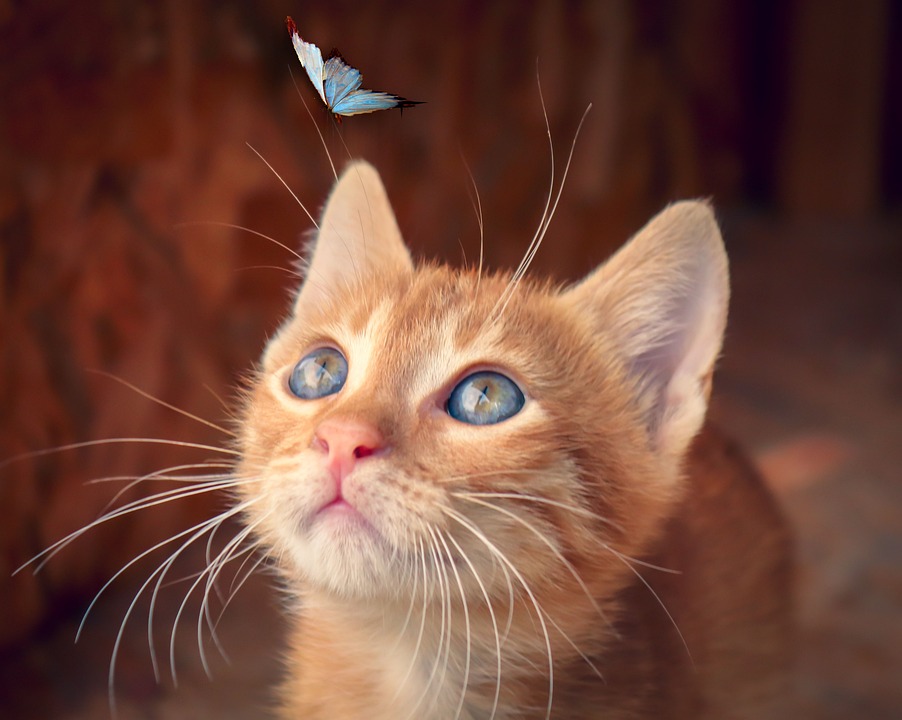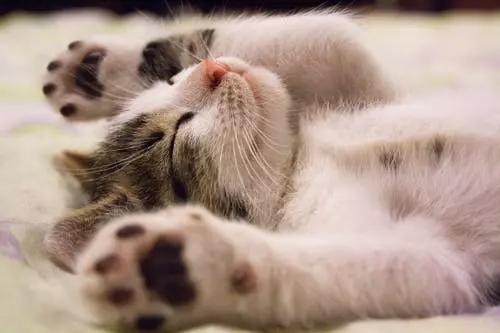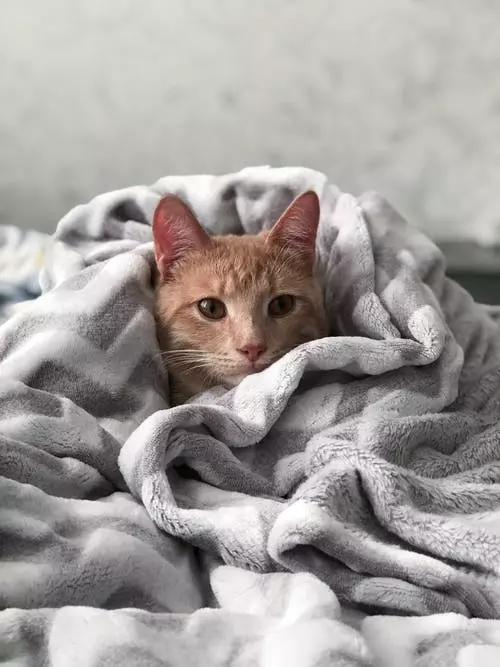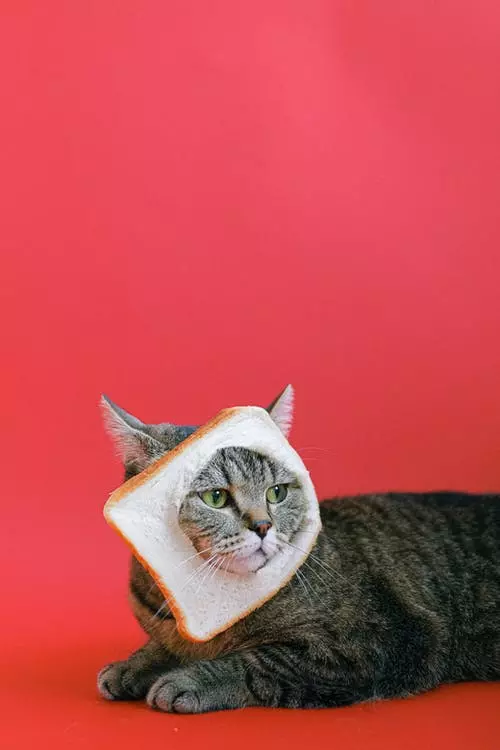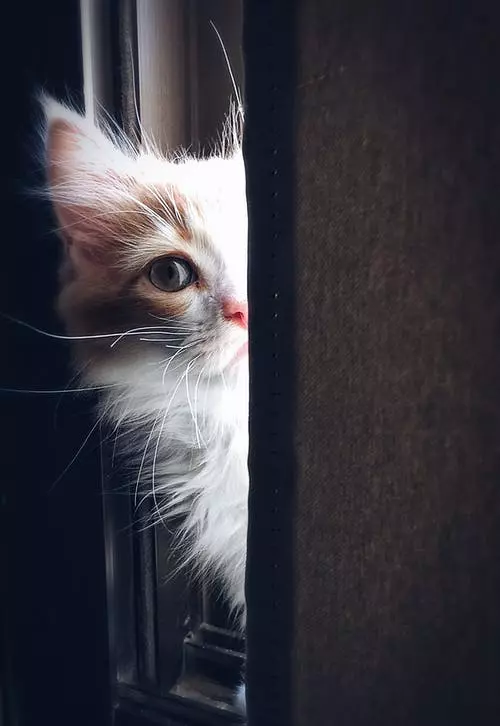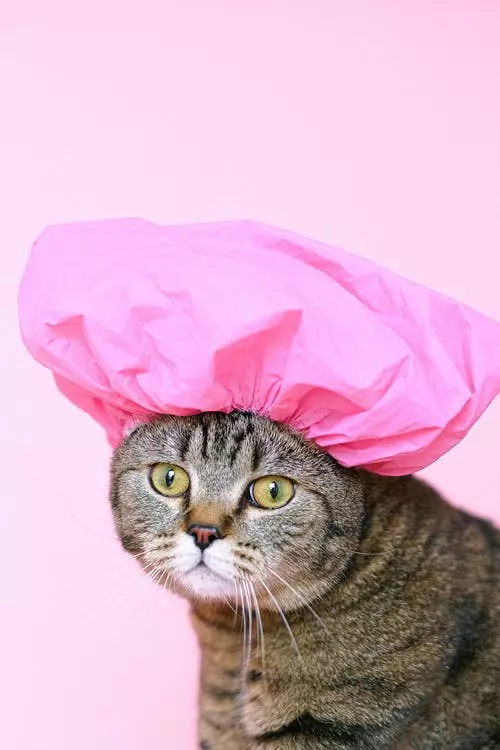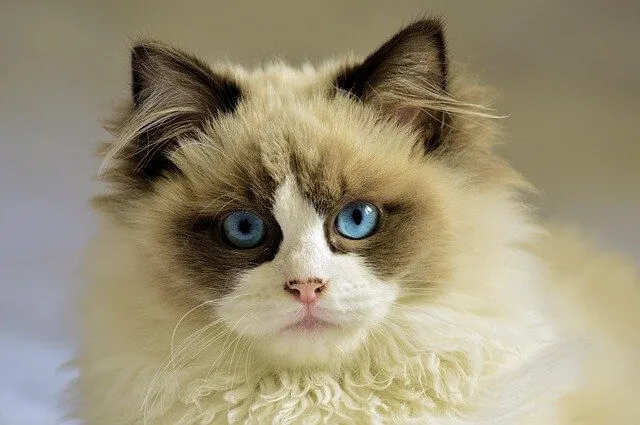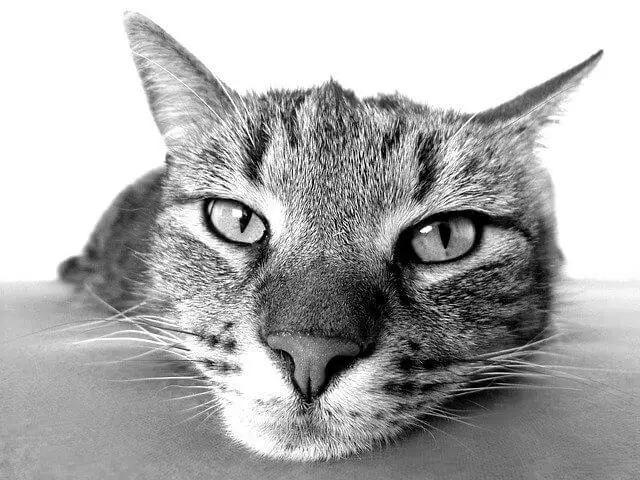Addressing Excessive Grooming of Synthetic Materials in Cats: A Guide
Introduction
Cats are known for their impeccable grooming habits, but excessive grooming can become a cause for concern. This article aims to delve into the issue of excessive grooming in cats, with a specific focus on the role of synthetic materials in exacerbating this behavior. By understanding the underlying causes and implementing appropriate strategies, cat owners can address this issue effectively and ensure their feline friends’ well-being.
Understanding the Issue: Excessive Grooming and its Impact on Cats
Excessive grooming refers to a behavior where cats excessively lick, bite, or chew their fur, often resulting in hair loss and skin irritation. While grooming is a natural behavior, excessive grooming can lead to various health problems, including skin infections, digestive issues from ingesting excessive hair, and psychological distress.
The Role of Synthetic Materials in Exacerbating the Behavior
Synthetic materials, such as polyester, nylon, and acrylic, can contribute to excessive grooming in cats. These materials often have a smooth texture that can stimulate a cat’s grooming instincts. Cats might see these materials as foreign objects or potential prey, leading them to groom excessively to remove or interact with them. Synthetic materials can also cause static electricity, which further enhances the cat’s urge to groom.
Causes of Excessive Grooming in Cats
1. Stress and Anxiety: Cats experiencing stress or anxiety may resort to excessive grooming as a coping mechanism. Changes in their environment, introduction of new pets, loud noises, or separation anxiety can all trigger this behavior.
2. Boredom and Lack of Stimulation: Cats are naturally curious and need mental and physical stimulation. Without enough playtime and environmental enrichment, they may resort to excessive grooming to fill their time.
3. Allergies and Skin Irritation: Cats may groom excessively to alleviate discomfort caused by allergies or skin irritations. Flea bites, food allergies, or contact dermatitis from synthetic materials can all contribute to this behavior.
4. Underlying Medical Conditions: Excessive grooming can be a symptom of underlying medical conditions such as hyperthyroidism, hormonal imbalances, and pain. It is crucial to rule out any medical causes through a thorough veterinary examination.
Identifying Excessive Grooming of Synthetic Materials
It is important for cat owners to be able to identify excessive grooming. Signs to look out for include:
– Bald patches or thinning fur
– Red, irritated skin
– Presence of scabs or lesions
– Obsessive licking or biting of specific areas
– Frequent hairballs
– Changes in behavior, such as increased aggression or withdrawal
Differentiating Normal Grooming from Excessive Behavior
Normal grooming involves cats cleaning their fur for hygiene and social bonding. However, if the grooming becomes excessive and starts to cause physical harm or disrupt their daily activities, it is considered abnormal. Monitoring the frequency and intensity of grooming is crucial in identifying excessive behavior.
Tips to Address and Manage Excessive Grooming
1. Provide Sufficient Mental and Physical Stimulation: Engage your cat in interactive play sessions and provide toys that mimic natural prey. Puzzle toys and scratching posts can also help keep them mentally stimulated.
2. Create a Calm and Stress-Free Environment: Minimize stress triggers by providing a quiet and secure space for your cat. Use pheromone diffusers or calming sprays to create a soothing atmosphere.
3. Introduce Alternative Textures and Materials: Offer your cat a variety of textures and materials to explore and interact with. Natural materials like cotton or wool can provide an alternative to synthetic materials.
4. Consult a Veterinarian for Allergy and Skin Issue Diagnosis: If you suspect allergies or skin irritations, schedule a veterinary appointment. They can conduct tests to identify potential allergens and recommend appropriate treatments.
5. Utilize Behavioral Training Techniques: Positive reinforcement training can help redirect your cat’s excessive grooming behavior. Reward them for engaging in alternative activities and discourage excessive grooming gently.
Frequently Asked Questions (FAQs)
1. Is excessive grooming dangerous for cats?
Excessive grooming can lead to health issues, including skin infections and digestive problems. It is important to address this behavior promptly.
2. How can I distinguish between normal grooming and excessive grooming?
Excessive grooming is characterized by obsessive and harmful behavior that affects the cat’s physical well-being and daily activities.
3. Are certain cat breeds more prone to excessive grooming?
Some cat breeds, such as Siamese and Abyssinians, are known to be more prone to excessive grooming due to their high activity levels and grooming habits.
4. Can excessive grooming be a sign of a serious medical condition?
Yes, excessive grooming can be a symptom of underlying medical conditions. It is essential to rule out any medical causes through a veterinary examination.
5. Should I discourage my cat from grooming synthetic materials altogether?
While discouraging grooming of synthetic materials is ideal, it is more important to provide alternative textures and materials for your cat to interact with.
6. Can diet play a role in excessive grooming?
Diet can contribute to excessive grooming if your cat has food allergies. Consult your veterinarian to determine if dietary changes are necessary.
7. How long does it take to see improvements after implementing behavior modification techniques?
The timeline for improvement varies depending on the underlying cause and the individual cat. It may take weeks or even months to see significant changes.
8. Can I use deterrent sprays to prevent excessive grooming?
Deterrent sprays can be used to discourage excessive grooming of specific areas or objects. However, it is essential to consult a veterinarian before using any products on your cat.
Conclusion
Excessive grooming in cats, particularly of synthetic materials, can be a challenging behavior to address. By understanding the causes and implementing appropriate strategies, cat owners can help their feline friends overcome this behavior. Creating a stimulating and stress-free environment, providing alternative textures, and seeking veterinary care when necessary are crucial steps in managing excessive grooming and ensuring the overall well-being of cats.

